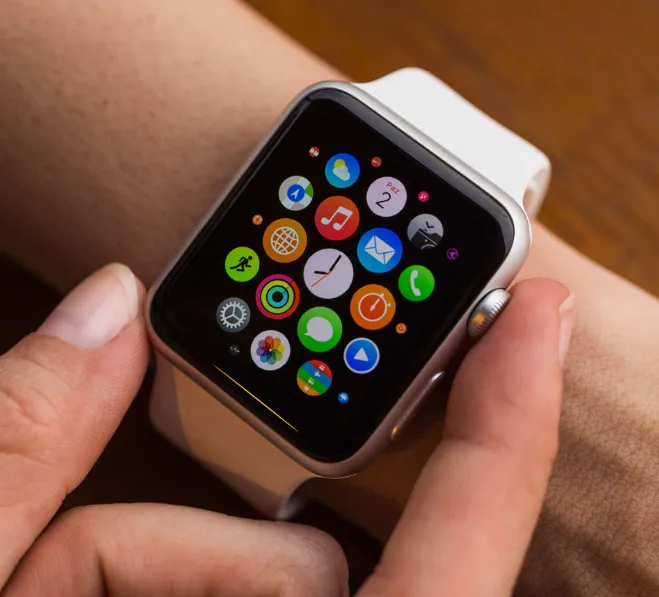Apple has once again found itself in the middle of a legal storm over its blood oxygen monitoring feature. After being disabled for a year and a half, the tool was reintroduced in the U.S. on August 14 through updates to iOS 18.6.1 and watchOS 11.6.1. The return followed clearance from U.S. Customs and Border Protection (CBP), which approved Apple’s workaround to bypass an import ban.
Apple’s Workaround
To address the ban, Apple shifted the processing of blood oxygen data away from the Watch itself and onto a connected iPhone. This software adjustment allowed Apple to argue that the feature no longer infringed on patents held by medical device maker Massimo, which originally triggered the International Trade Commission (ITC) ban.
Massimo’s Objection
Massimo quickly challenged the reinstatement. The company argued that CBP had overstepped its authority by approving Apple’s workaround, insisting that only the ITC has the power to determine or alter such rulings. Massimo also maintained that Apple’s updated approach still infringes on its intellectual property, pointing to the “doctrine of equivalents,” which holds that minor changes can still count as violations if they achieve the same outcome.
ITC Reenters the Fight
Just a week later, on August 21, the ITC confirmed that it had accepted Massimo’s new complaint. The commission also criticized CBP’s involvement, noting that similar disputes have historically returned to the ITC for review. This move suggests that Apple’s workaround could soon be scrutinized directly by the commission.
What This Means Going Forward
If the ITC ultimately sides with Massimo, Apple may be forced to remove the blood oxygen feature from U.S. Apple Watches again and could face additional consequences. The case also raises broader questions about the balance of authority between CBP, which enforces trade restrictions, and the ITC, which sets them.
For now, Apple Watch owners in the U.S. can once again access blood oxygen tracking. But with the legal battle heating up, the long-term future of the feature remains uncertain.
